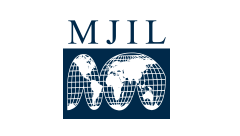Abstract
This article examines the challenge to domestic labor regulation posed by the increasingly international economic and legal order. Part I analyzes the several ways in which increased global economic integration creates problems for labor. These problems include a decline in union bargaining power, a race-to-the-bottom in labor standards, and a weakening of labor's role as political actor. Part II identifies four approaches, or models, for transnational labor regulation that have emerged in the Western world in the past twenty years. These are: (1) preemptive legislation; (2) harmonization; (3) cross-border monitoring; and (4) extraterritorial jurisdiction. Part III explores the differences between the four models in terms of their respective abilities to solve the problems of transnational labor regulation in a global economy. I conclude that none of the four models can solve all the problems caused by globalization. Each one involves trade-offs between policy goals. Therefore, states need to consider the normative and distributional ramifications of each of the four models, and seek to develop another model which better addresses the problems of labor regulation in a global world.
Recommended Citation
Katherine Van Wezel Stone,
Labor and the Global Economy: Four Approaches to Transnational Labor Regulation,
16
Mich. J. Int'l L.
987
(1995).
Available at:
https://repository.law.umich.edu/mjil/vol16/iss4/1
Included in
Comparative and Foreign Law Commons, European Law Commons, Labor and Employment Law Commons, Transnational Law Commons

